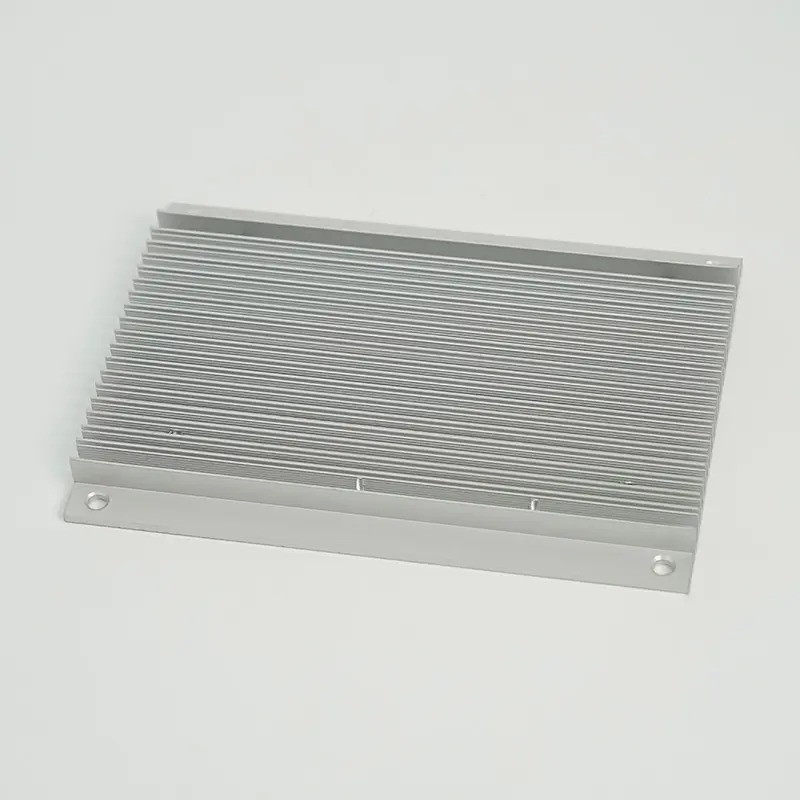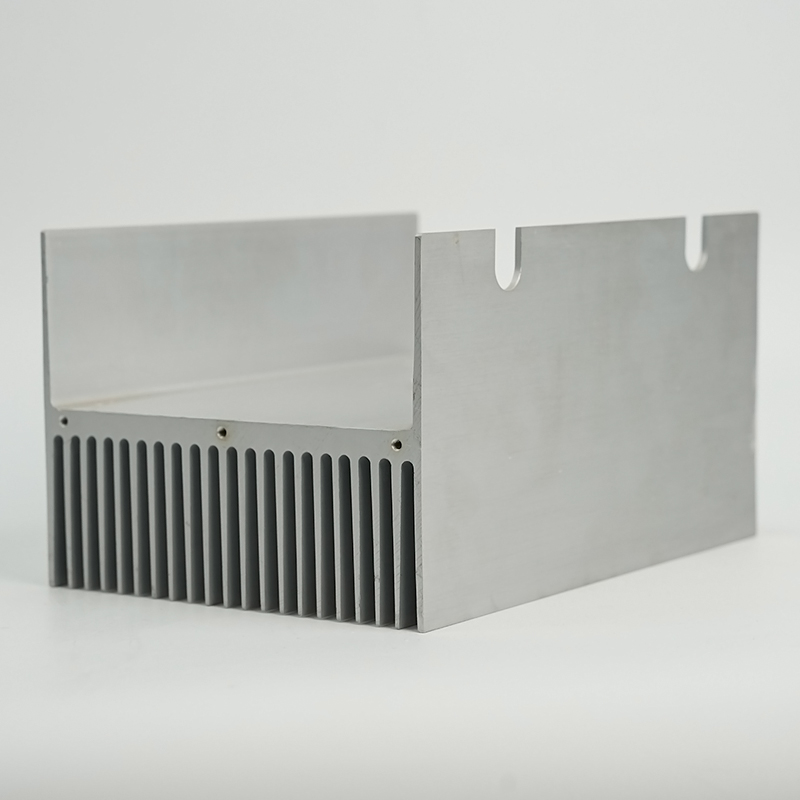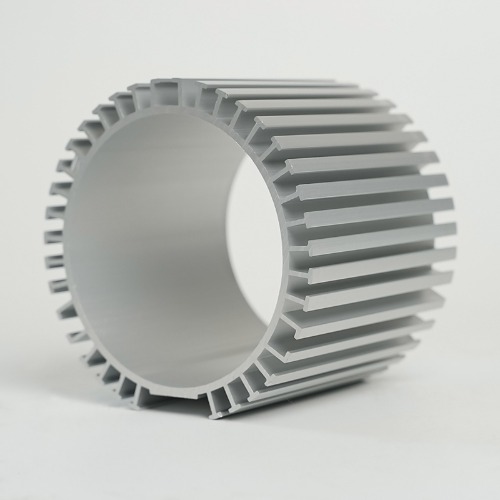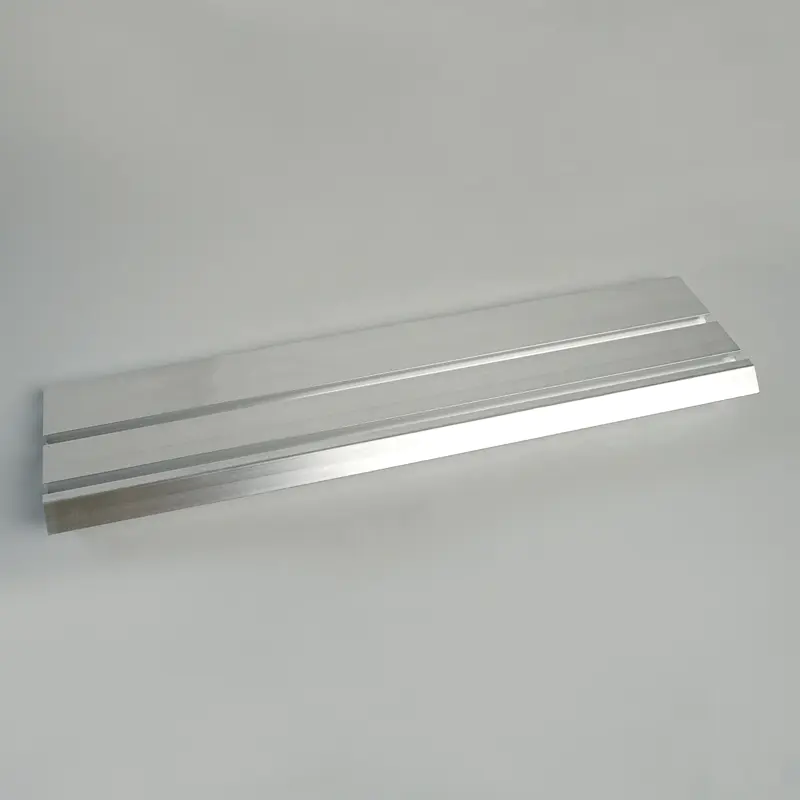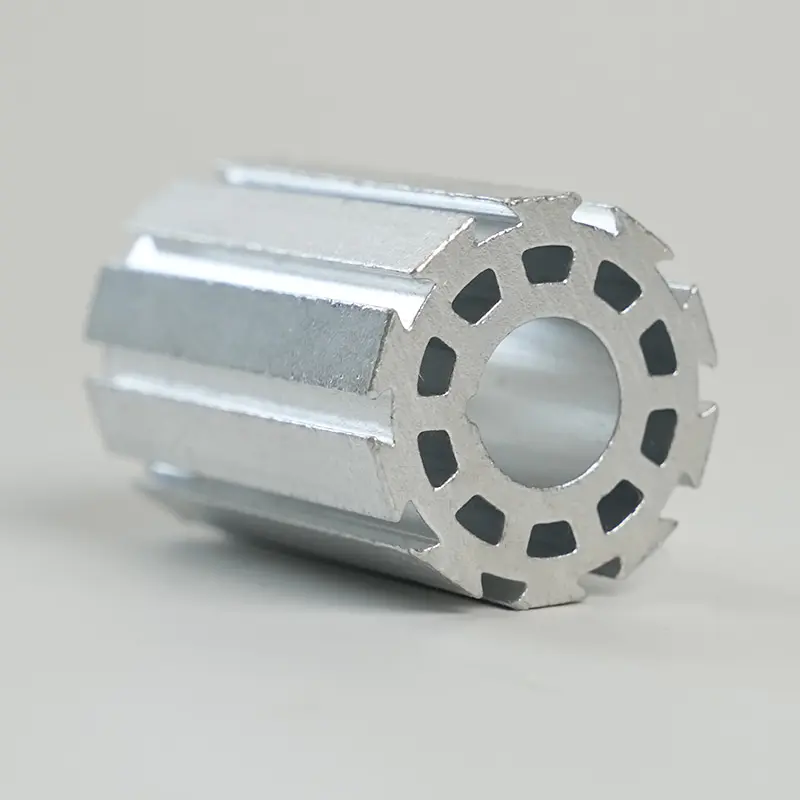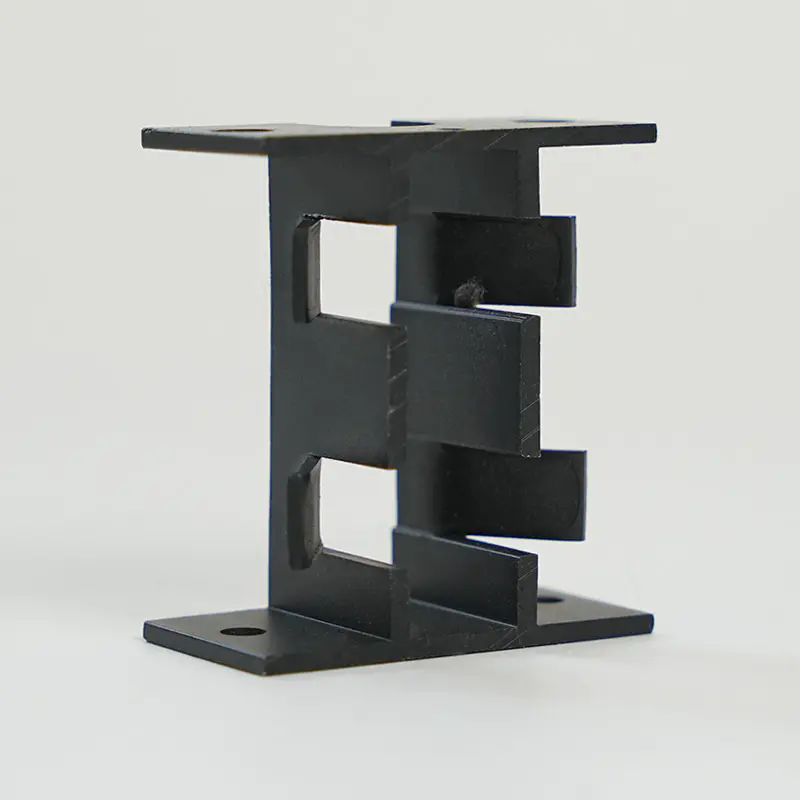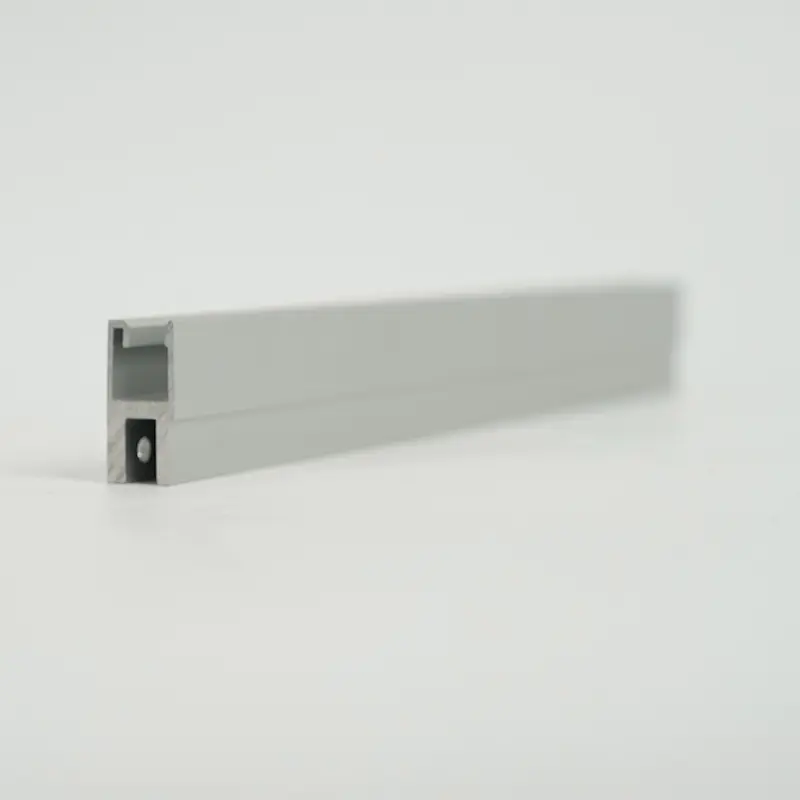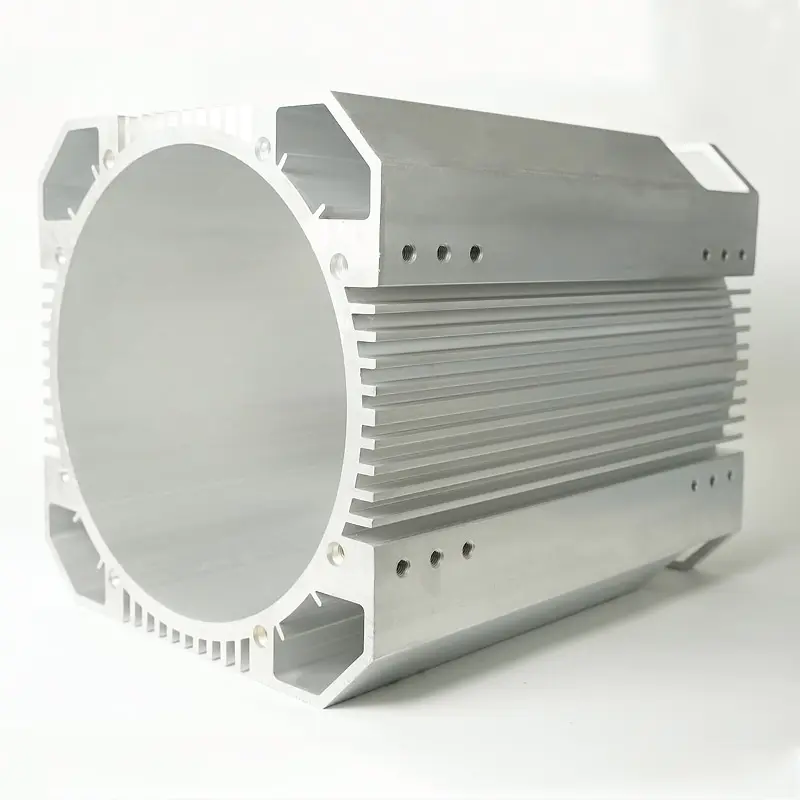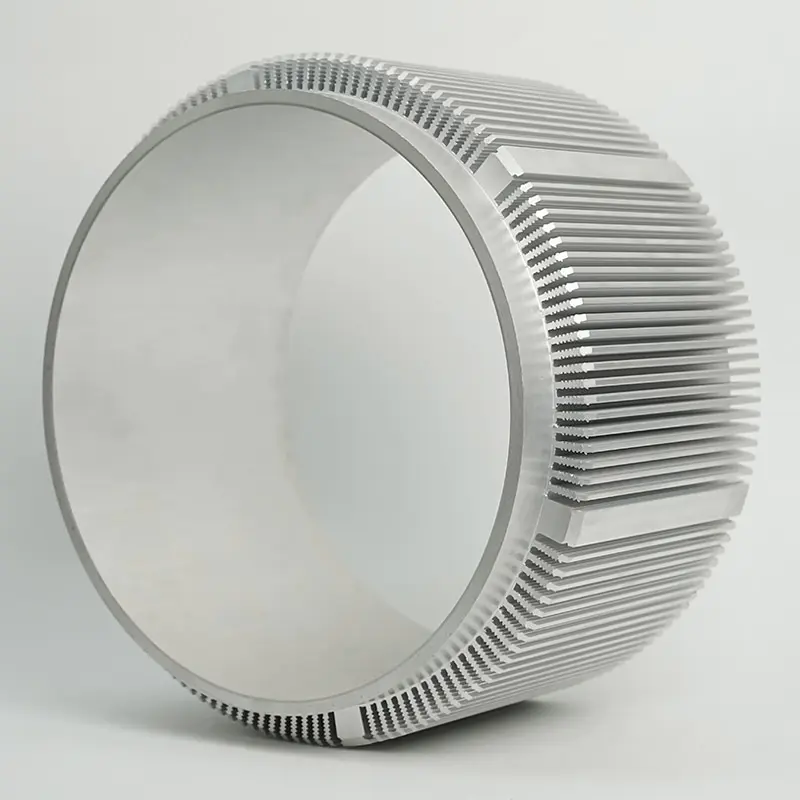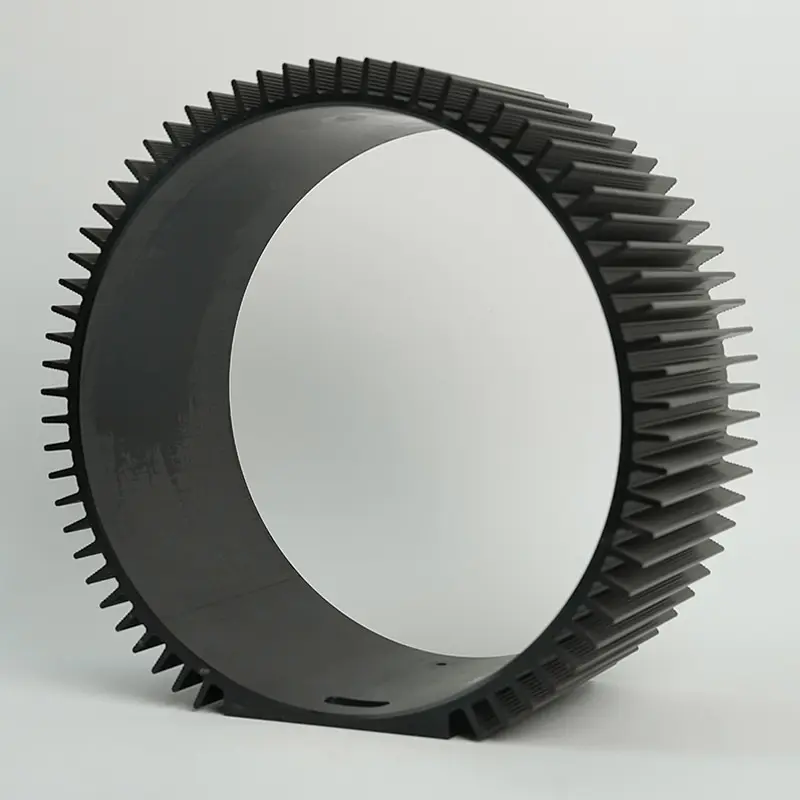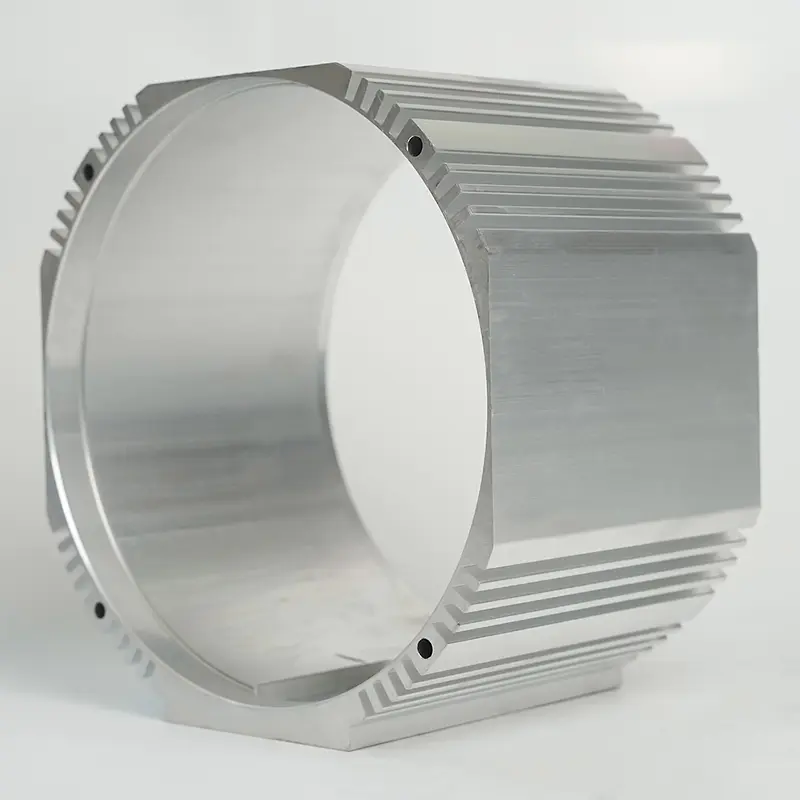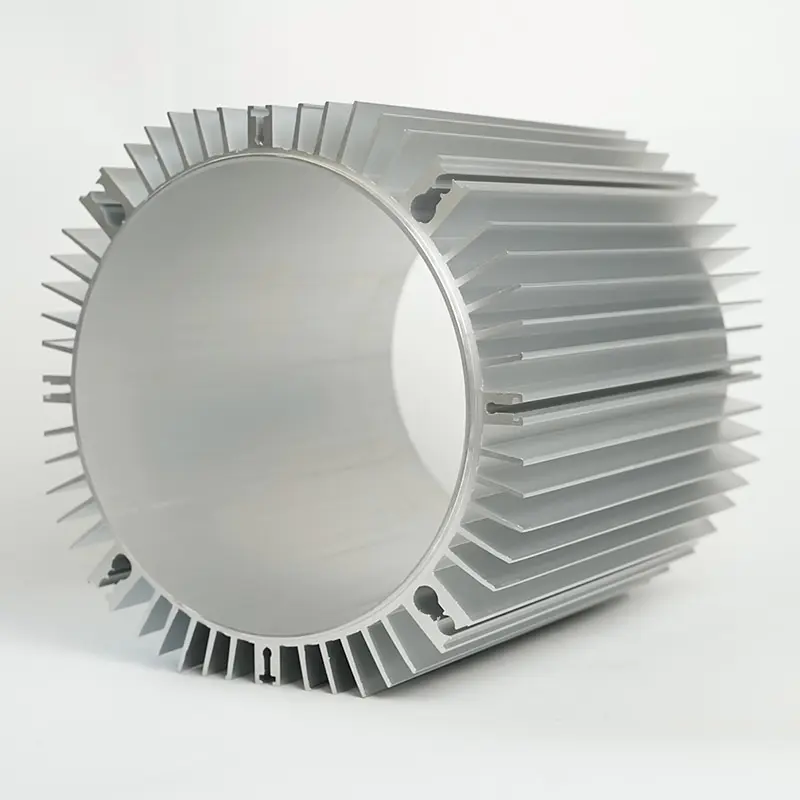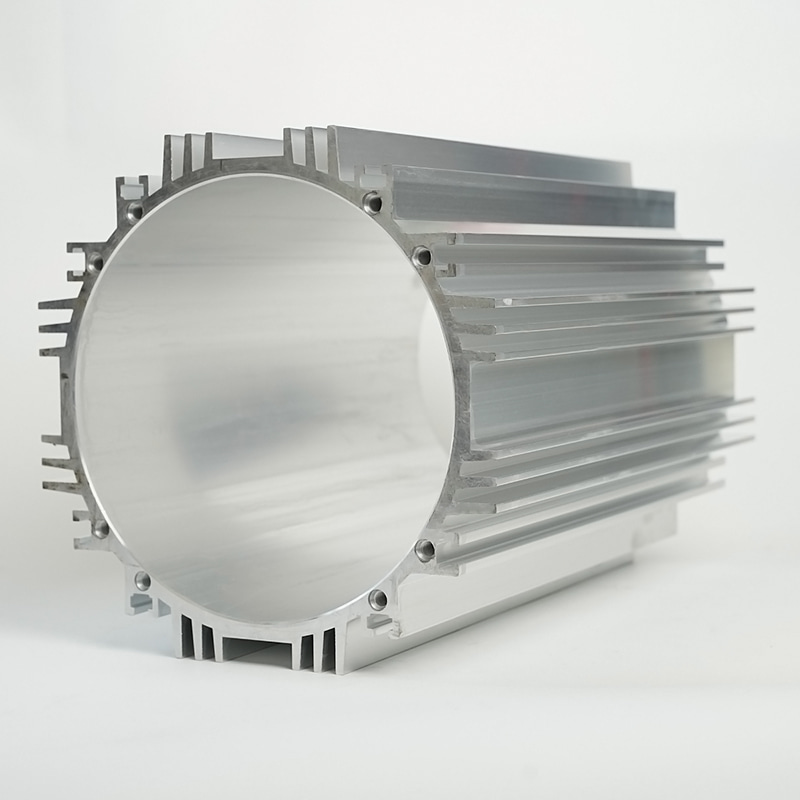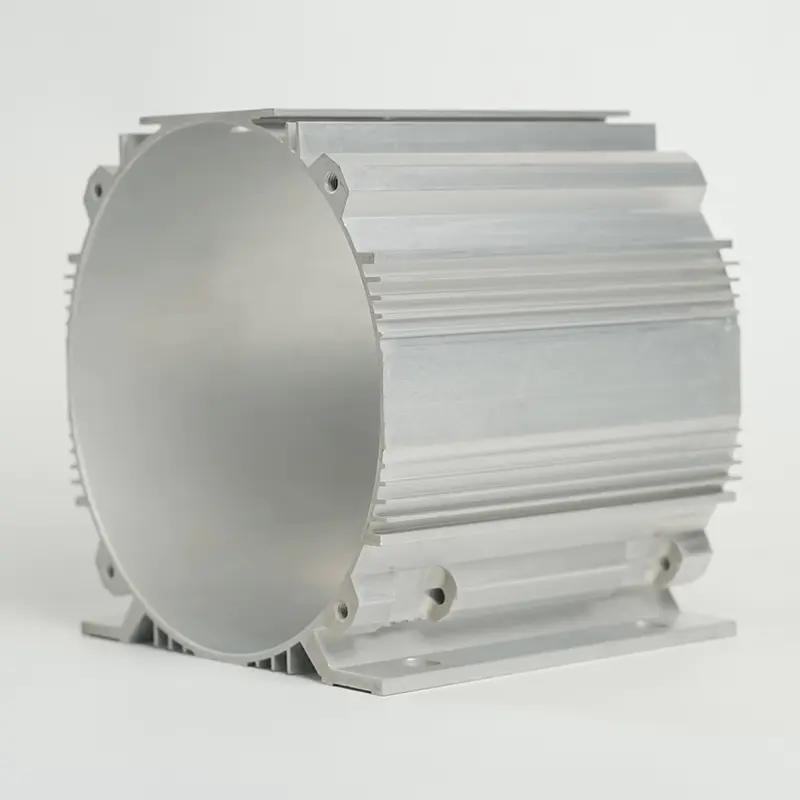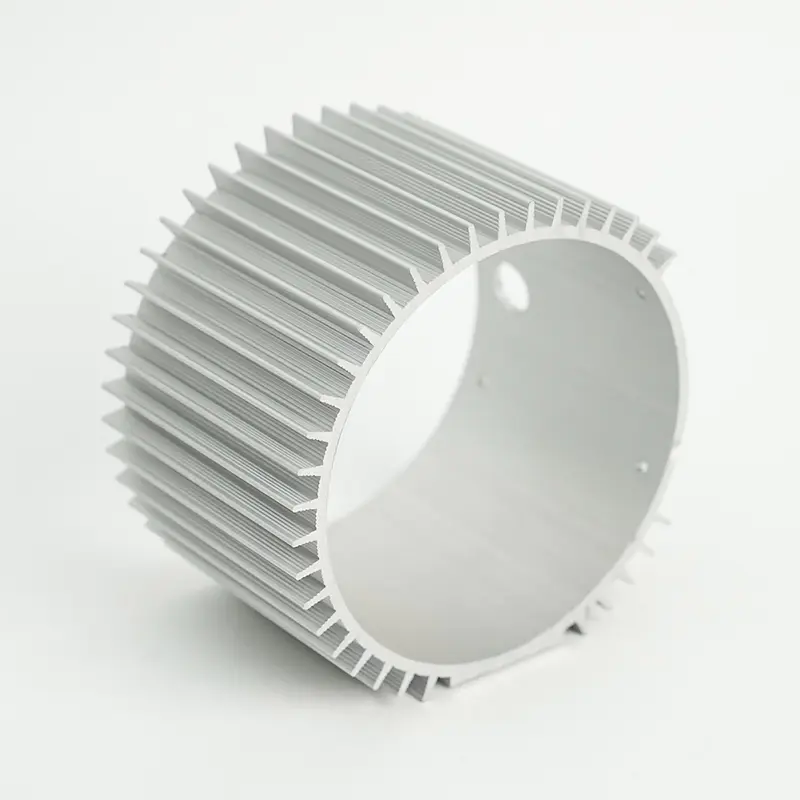Unlocking Optimal Performance: A Guide to Advanced Heat Sink Housings
In the realm of high-performance electronics, managing thermal energy is not just an afterthought; it is a fundamental requirement for reliability, efficiency, and longevity. At the heart of an effective thermal management system lies the heat sink housing. This critical component does far more than simply enclose the heat sink; it acts as the primary interface between the heat-generating component and the cooling solution, dictating the overall efficacy of heat dissipation. A premium heat sink housing is engineered to maximize thermal transfer, ensure structural integrity, and facilitate optimal airflow. This article delves deep into the world of advanced heat sink housings, exploring their design, materials, and the critical role they play in pushing the boundaries of electronic performance. We will navigate through key considerations and innovative designs that address common thermal challenges, empowering you to make informed decisions for your most demanding applications.
Five Key Long-Tail Keywords for Your Search
To effectively find specialized information and components, utilizing precise search terms is crucial. The following long-tail keywords are designed to have good search volume while maintaining lower competition, helping you zero in on the most relevant solutions for your thermal management needs.
- aluminum heat sink housing for LED lights
- custom heat sink housing design for electronics
- extruded heat sink housing with high thermal conductivity
- heat sink housing for high power applications
- lightweight heat sink housing for portable devices
The Critical Role of Material Selection in Heat Sink Housings
The choice of material for a heat sink housing is arguably the most significant factor determining its performance. The material's inherent properties directly influence how quickly and efficiently heat can be drawn away from the source and dissipated into the surrounding environment. While several materials are available, aluminum and its alloys dominate the market due to an exceptional balance of properties.
Why Aluminum is the Predominant Choice
Aluminum stands as the industry standard for a vast majority of heat sink housing applications, and for good reason. It offers a compelling combination of high thermal conductivity, excellent weight-to-strength ratio, and superior corrosion resistance. Furthermore, aluminum is highly malleable, allowing it to be formed into complex shapes through processes like extrusion and die-casting, which are ideal for creating the intricate fin structures that maximize surface area for heat dissipation. Its natural ability to form a protective oxide layer also enhances its durability without requiring additional coatings in many environments. Compared to copper, which has higher thermal conductivity, aluminum is significantly less dense, making it the preferred material for applications where weight is a concern, such as in lightweight heat sink housing for portable devices.
Comparing Common Heat Sink Housing Materials
To understand the trade-offs, it is essential to compare the key properties of the most commonly used materials. The following table provides a clear comparison between Aluminum, Copper, and Steel, highlighting why aluminum often emerges as the optimal choice for a wide range of applications, particularly those requiring an extruded heat sink housing with high thermal conductivity.
| Material | Thermal Conductivity (W/m·K) | Density (g/cm³) | Primary Advantages | Ideal Use Cases |
|---|---|---|---|---|
| Aluminum Alloys | 120 - 240 | 2.7 | Excellent balance of thermal performance, low weight, and cost-effectiveness; highly manufacturable. | Consumer electronics, LED lighting, automotive systems, general computing. |
| Copper | 380 - 400 | 8.96 | Superior thermal conductivity; excellent corrosion resistance. | Extreme high-performance computing, specialized industrial equipment where weight is secondary. |
| Steel | 15 - 50 | 7.85 | High mechanical strength and durability; low cost. | Applications where structural ruggedness is the primary concern and thermal needs are minimal. |
As the table illustrates, while copper is thermally superior, its high density and cost often make it impractical. Aluminum provides the best all-around performance, which is why it is so commonly specified for an aluminum heat sink housing for LED lights, where efficient cooling directly impacts lifespan and light output.
Advanced Manufacturing Techniques for Superior Housings
The method used to manufacture a heat sink housing is just as important as the material itself. The manufacturing process defines the geometric complexity, dimensional precision, and ultimately, the thermal and mechanical performance of the final product. Different techniques offer varying degrees of freedom in design, impacting the feasibility of a custom heat sink housing design for electronics.
Extrusion: The Go-To Process for Efficiency
Extrusion is a highly efficient and cost-effective manufacturing process for producing heat sink housings with consistent cross-sectional profiles. In this process, a heated aluminum billet is forced through a shaped die to create long, continuous profiles that are then cut to length. The primary advantage of extrusion is its ability to create complex fin structures that dramatically increase the surface area for heat dissipation. This makes it ideal for producing an extruded heat sink housing with high thermal conductivity in high volumes. The process allows for excellent control over the fin aspect ratio, enabling designers to optimize the balance between surface area and airflow resistance. However, extrusion is limited to linear, uniform profiles and cannot easily create fully enclosed or three-dimensionally complex shapes.
Die-Casting and CNC Machining
For applications requiring more complex, three-dimensional geometries, die-casting and CNC machining are the preferred methods.
- Die-Casting: This process involves forcing molten metal under high pressure into a steel mold. It is excellent for producing robust, net-shape or near-net-shape housings with intricate features, such as mounting bosses, recessed areas, and integrated fastening points. It is particularly suitable for high-volume production and is often used for creating a robust heat sink housing for high power applications where the housing must also serve as a structural component.
- CNC Machining: Computer Numerical Control (CNC) machining is a subtractive process that offers the highest level of precision and design flexibility. It is ideal for prototyping, low-volume production, or for adding precise features to an extruded or die-cast housing. CNC machining can achieve very tight tolerances and excellent surface finishes, which can enhance thermal contact between interfaces. While it offers unparalleled freedom for a custom heat sink housing design for electronics, it is generally more time-consuming and expensive than extrusion or die-casting for large quantities.
Design Principles for Maximizing Thermal Dissipation
Creating an effective heat sink housing goes beyond simply selecting a material and a manufacturing process. It requires a holistic design approach that considers every aspect of how heat is generated, transferred, and ultimately rejected to the environment. A well-designed housing acts as a thermal engine, and several key principles govern its efficiency.
Optimizing Fin Geometry and Surface Area
The fins of a heat sink housing are its primary weapon against heat. Their design is a careful balancing act between maximizing surface area and minimizing airflow resistance. Key parameters include fin height, thickness, and spacing. Taller fins increase surface area but can become structurally weak and may impede airflow if not spaced correctly. Closely spaced fins offer more surface area but can easily become clogged with dust or create excessive back-pressure for the cooling fan. Designers often use computational fluid dynamics (CFD) simulations to model airflow and heat transfer, optimizing the fin design for a specific application, whether it's a compact lightweight heat sink housing for portable devices or a large heat sink housing for high power applications.
The Importance of Thermal Interface Management
A critical, yet often overlooked, aspect of thermal design is the management of the interface between the heat source (e.g., a CPU or LED module) and the base of the heat sink housing. Even microscopically imperfect contact can create a significant thermal barrier, drastically reducing overall cooling performance. To mitigate this, several strategies are employed:
- Thermal Interface Materials (TIMs): These materials, such as thermal greases, pads, and phase-change materials, are used to fill the air gaps between the two surfaces, ensuring efficient heat transfer.
- Surface Flatness: Ensuring the base of the housing is perfectly flat is paramount. Machining the base to a fine surface finish minimizes the size of air pockets.
- Mounting Pressure: Applying consistent and adequate pressure across the interface ensures good contact. The design of the mounting mechanism is therefore an integral part of the housing design.
Selecting the Right Heat Sink Housing for Your Application
With a understanding of materials, manufacturing, and design, the final step is to select the appropriate heat sink housing for a specific use case. The requirements can vary dramatically depending on the industry and the operational demands of the device.
Solutions for High-Power and High-Density Electronics
Applications such as server farms, power converters, and high-performance graphics cards generate immense amounts of heat in a confined space. For a reliable heat sink housing for high power applications, the design must prioritize maximum thermal performance and structural stability. This often involves:
- Utilizing high-performance aluminum alloys or even copper cores.
- Employing advanced manufacturing like skiving or forging to create very dense, thin fins.
- Integrating heat pipes or vapor chambers within the housing to spread heat more evenly across the fins.
- Designing for forced convection with high-static-pressure fans.
In these scenarios, the housing is a critical component for preventing thermal throttling and ensuring system stability under peak loads.
Balancing Performance and Portability
The design challenge shifts for consumer electronics like laptops, tablets, and smartphones. Here, the imperative is to develop a lightweight heat sink housing for portable devices that provides adequate cooling without adding significant bulk or weight. This requires innovative approaches:
- Using thin, lightweight aluminum alloys and optimizing material placement through topology optimization.
- Designing the housing to also act as a structural chassis, serving a dual purpose.
- Implementing graphite sheets or other advanced thermal spreading materials.
- Leveraging phase-change materials that absorb heat as they melt, providing temporary thermal buffering during short bursts of activity.
The success of modern portable devices is heavily dependent on these sophisticated thermal management strategies embedded within the housing design.
Future Trends in Heat Sink Housing Technology
The field of thermal management is continuously evolving, driven by the relentless demand for more powerful and compact electronics. Future trends in heat sink housing technology point towards greater integration, smarter materials, and active cooling systems. We are seeing the emergence of embedded two-phase cooling systems, where micro-channels within the housing itself circulate a coolant. The use of composite materials, such as aluminum-matrix composites reinforced with carbon fibers or graphene, promises to deliver even higher thermal conductivity while maintaining a low weight. Furthermore, the integration of sensors and adaptive controls will lead to "smart" heat sink housings that can dynamically adjust cooling performance based on real-time thermal loads, ensuring optimal efficiency and acoustics. The humble heat sink housing is thus transforming from a passive metal component into a sophisticated, multi-functional thermal engine that will be crucial for powering the next generation of technological innovation.


 English
English Español
Español
